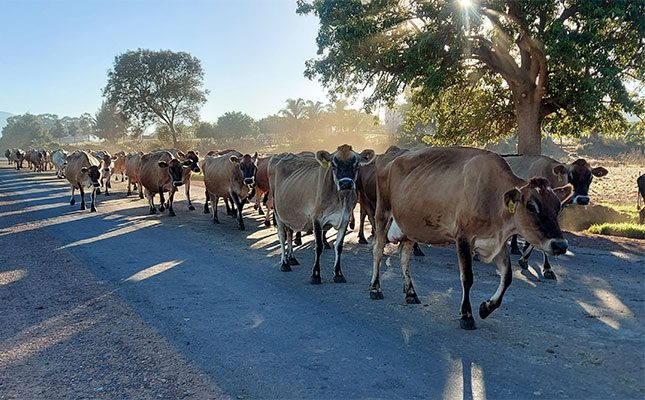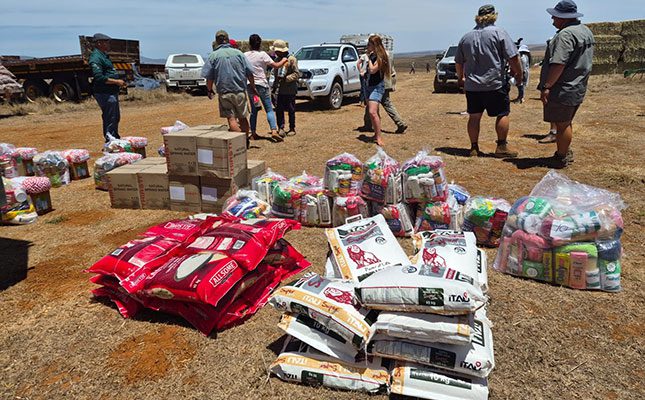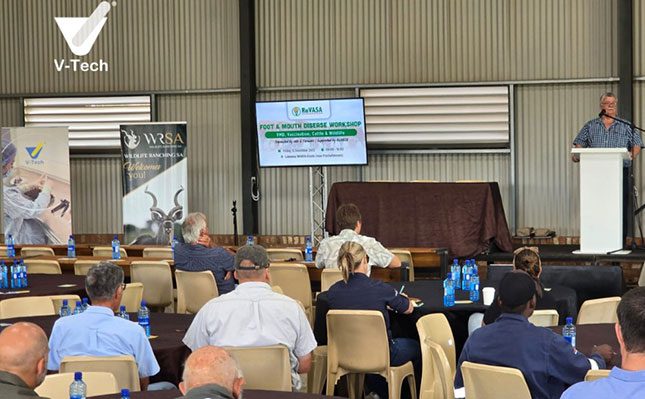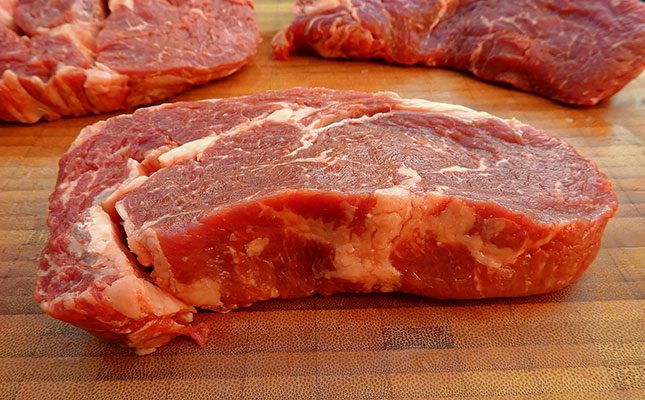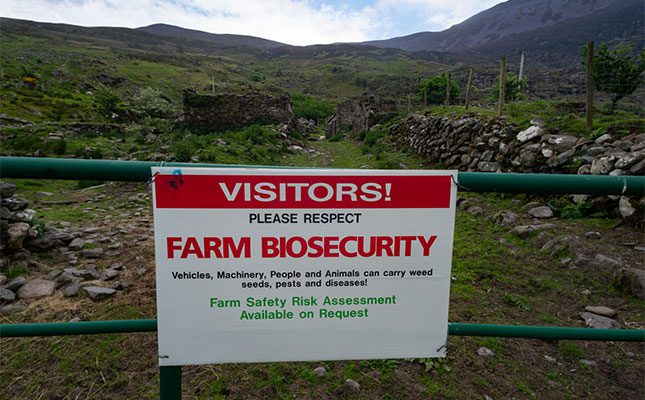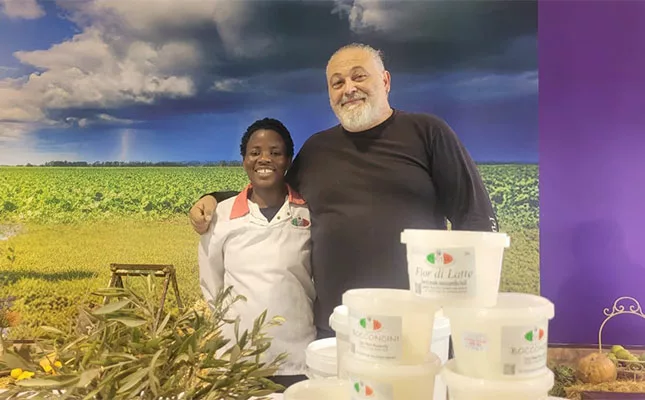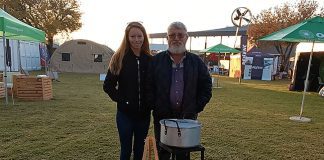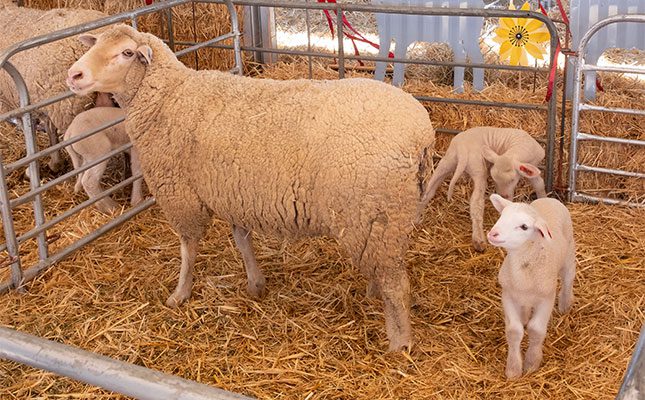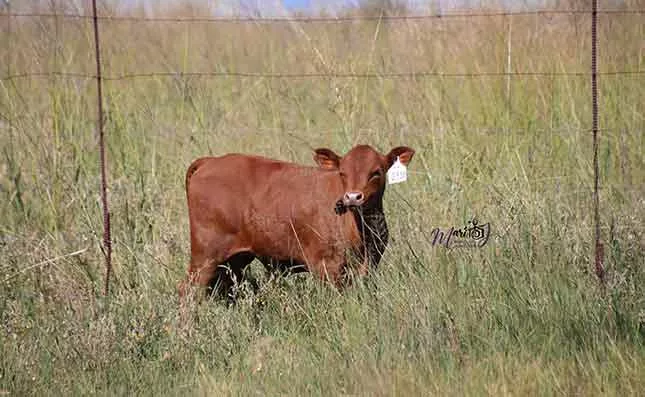
Photo: FW Archive
“We use traceability for biosecurity in our feedlots, but also for disease control. With the system we have implemented, we can use drones to count cattle in the field, and we can also spot early on if an animal is getting ill; if an animal doesn’t eat or drink water, it is probably ill, so we see this early on and can address it.”
Dian Giliomee, manager of Overberg Meat and Hessequa Meat, said an absence of traceability would have dire consequences for the local red meat market.
“If we lose our export markets, the prices we can [give] producers in the domestic market will also not be sustainable. If you consider the country’s overall lamb exports for the first six months of the year, it is equal to 40% of the entire Western Cape’s slaughter numbers. If we had to sell all that meat on the local market, prices would drop significantly.”
He pointed out that the Qatar export market has been closed to South Africa for more than a year, after two years of exporting 90 000 and 120 000 head of sheep respectively in 2022 and 2023.
“We cannot afford for that to happen to more of our export markets.”
Jaco van den Berg, chairperson of the Western Cape RPO, said the benefits of traceability would invariably translate into better income for producers.
“There are so many positives; you are able to take your commodity and turn it into a primary product. You are able to much better measure production, so you will be able to reduce your input costs.
“Consumers want to know whether you are farming in an ethical manner, and as we’ve seen with wool, traceability can boost your product immensely, because you are able to answer all manner of questions that the consumer, abattoir or feedlot is looking for.
“Once your traceability is in place, it will make your business so much more profitable. It will help you with your farming practices if you battle with overhead costs. It will make it easier for you to do individual evaluations on animals. You might discover one cow weans an underweight calf every year – that is not the type of information you’ll get off the back of a cigarette box. With all that electronic data, it will not only enable you to get a better price, it [will also help you keep] your overhead costs lower by farming more precisely.”
He said a large-scale uptake of traceability would also reduce the impact of serious disease outbreaks, because one of the reasons why such large areas are currently closed off in the case of foot-and-mouth-disease outbreaks, is because the precise location of the infected animal cannot be pinpointed.
Pierre Vlok, veteran wool farmer and regional manager for livestock and wool broker BKB, who led the panel discussion, said wool importers had clearly communicated to the local industry that “if you don’t comply with our requirements, we won’t buy from you”, and eventually the same will apply for red meat.
“Don’t think these requirements are meant for others; we have to get it in place.”
Van Rensburg said industry leaders were well aware of the cost associated with implementing traceability, which is exponentially more onerous the smaller the operation.


